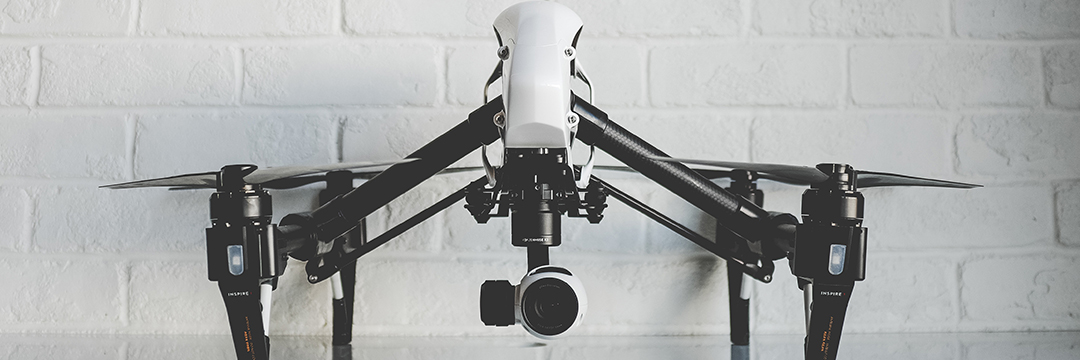REGULATING DRONES IN YOUR COMMUNITY
By: Kyle P. Shaughnessy, Esq.

As aerial drones become more prevalent, they raise a variety of issues that can affect communities. Drones can crash into people, vehicles, or property due to mechanical or operator error, they can make annoying noises, and, since many drones are equipped with cameras, they raise serious privacy concerns. Additionally, the regulation of drones is in its early stages, and while the FAA is taking more steps to monitor and regulate drones, it has not yet developed general standards for the operation and use of drones.
In order to protect communities and avoid some of the potential problems drones can cause, community associations may wish to consider formulating an approach to drones. One way to do this is by issuing rules and regulations for the use of drones within a community. Depending on the provisions contained in the recorded Declaration, the association may or may not be able to prevent homeowners from using or allowing the use of drones within the boundaries of their lots. The association will almost always have the authority to prohibit or regulate the use of drones in a community’s common area. Additionally, most associations have a general nuisance provision in their Declaration, which would allow the association to take action against activities that may be an annoyance or danger to other homeowners. The combination of these powers can be used to mitigate some of the potential problems drones may cause by keeping them out of certain areas and regulating the manner in which they can be used.
On the other hand, drones can be used for government or commercial purposes. Police departments have started using drones for law enforcement purposes, utility companies can use them to inspect power lines and other facilities, real estate agents have used them to take pictures of properties that they are attempting to sell, and one day all of our packages could be dropped on our doorsteps by drones operated by Amazon or FedEx. It is important to consider your community’s interests and try to strike an appropriate balance between protecting the community and allowing commercial drone use that may be beneficial to the community.
While the FAA has not yet issued standards for the use of drones, there are indications that it is looking to get more heavily involved in regulating drones. In late 2015 the FAA announced that it would require all drones that weigh more than 0.55 pounds to be registered with the FAA. Although this will not require registration of every drone (surprisingly, quite a few drones weigh less than half a pound), it will create a registry that will make it easier to trace ownership of drones and hold drone owners responsible for their actions. Community associations can use this by requiring proof of registration (or of exemption from registration) before allowing drones to operate within a community, which would allow the association to keep track of who has drones and make it easy to track down the parties involved if there are any problems or incidents.
In the 2016 legislative session, the Georgia General Assembly passed HB 779, which contains restrictions on the use of drones. If signed into law, this bill could significantly impact drone use. In addition to provisions making it illegal to possess or operate drones equipped with weapons, regulating the use of drones by law enforcement agencies, and preempting local ordinances targeting drones, the legislation provides for the creation of a Georgia Unmanned Vehicle Systems Commission (the “Commission”). As part of its duties, the Commission would identify issues and concerns with drones, as well as policies that should be implemented to address those concerns, which could lead to the development of statewide policies and regulations regarding drones.
The regulation of drones is a rapidly evolving area of the law that poses unique challenges for residential communities. The attorneys at Winter Capriola Zenner, LLC can help your community develop and implement a policy to regulate the use of drones while retaining the flexibility to adapt to changes in the technology and law of aerial drones.

